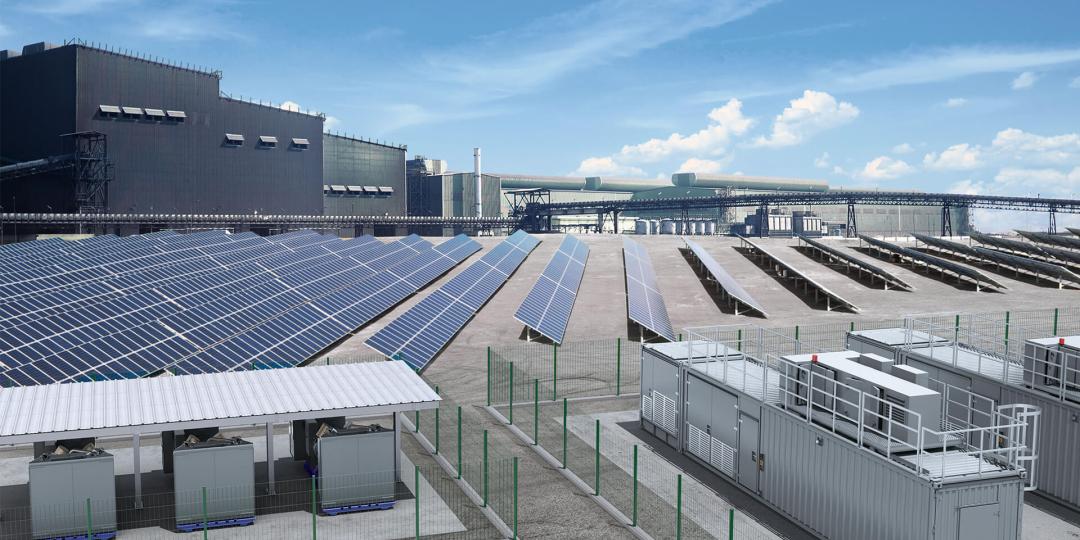Battery-based energy storage is not just cleaner than fossil-fuel based peakers, but offers lower levelised cost of energy (LCOE) too.
 This report, by Australia’s Clean Energy Council, outlines the benefits of using large-scale batteries for electricity peaking services, highlighting their cost, flexibility and emissions advantages when compared to open-cycle gas turbine plants.
This report, by Australia’s Clean Energy Council, outlines the benefits of using large-scale batteries for electricity peaking services, highlighting their cost, flexibility and emissions advantages when compared to open-cycle gas turbine plants.
Battery storage outcompetes gas peakers because of its faster reaction time, higher accuracy and flexibility to respond to price variability by both charging and discharging. With the rapid reduction in capital costs complementing its already lower operating costs, battery storage offers this superior performance at much greater commercial value than its gas peaker alternative, and at much lower exposure against future gas, carbon and market reform risk.
Both two-hour and four-hour battery storage solutions are more cost-competitive than a conventional OCGT peaker – outperforming it on an LCOC and LCOE basis. The competitiveness of battery storage will only increase over time as costs continue to fall, average electricity prices decline as renewable penetration accelerates and natural gas prices remain volatile and at the behest of global market economics.
Given these risks and opportunities, developing new gas peakers may be both irrational and imprudent, exposing shareholders to potential losses, taxpayers to unnecessary debt and electricity customers to high costs.
Battery storage is the true bridge to a clean energy future and can become the new flexible peaker to accelerate a country’s transition to sustainable energy. The case for batteries as the new clean peaker is impossible to ignore.















